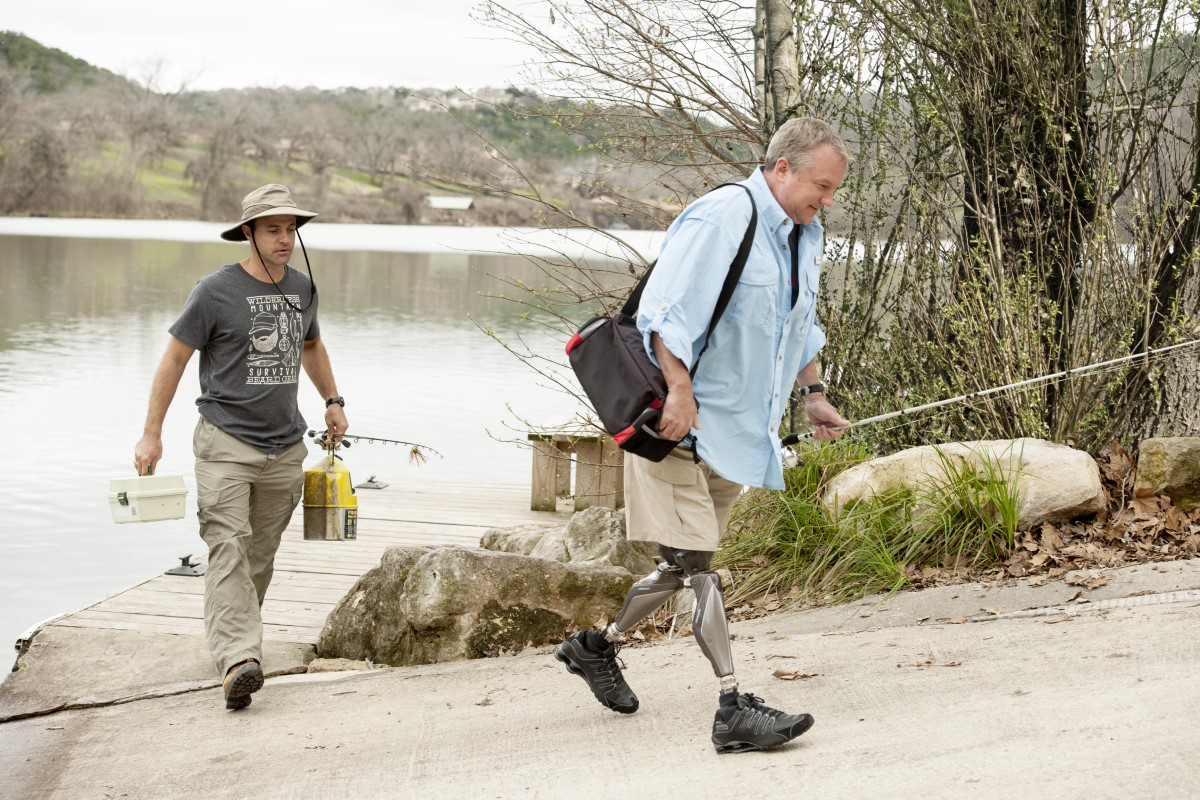Contact Us
United States
Phone: 800 328 4058
Fax: 800 962 2549
E-Mail: USCustomerService@ottobock.com
Canada
Phone: 800 665 3327
Fax: 800 463 3659
E-Mail: CACustomerService@ottobock.com
More contact choices Contact Us

Being a bilateral amputee can present specific challenges and difficulties, as it involves the loss of both limbs, often at or near the same level. It is essential to recognize the unique hardships that bilateral, and other higher level amputations, face to ensure targeted supported so they can lead an independent and active life. Modern prosthetic technology provides significant advancements and benefits for individuals within this population. Ottobock microprocessor knees offer unparalleled support using intelligent sensors, sophisticated firmware, and a two-valve hydraulic system.
Ottobock Microprocessor knee joints are equipped with multiple sensors that continuously monitor movement and provide real-time data to the knee joint's control system. These sensors help the knee joint adjust its behavior based on the user's walking speed, terrain, and other factors.
The knee joint's firmware is a critical component of its operation. It processes the information received from sensors and makes decisions on how the joint should respond to changes in the user's gait and environment. The firmware's advanced algorithms contribute to smoother and more natural movement.
The two-valve hydraulic system within Ottobock microprocessor knee joints provide adjustable resistance during swing and stance phases of walking. This allows for controlled movement and stability, reducing the risk of falls and providing a more stable gait.
Our adaptive stance phase control feature allows the knee joint to adapt its resistance and support based on various walking conditions. This adaptability helps users navigate uneven terrain and slopes more effectively.
Prosthetists can often customize various parameters of the microprocessor knee joint, such as walking speed, sensitivity, and resistance levels, to meet the individual needs and preferences of the user.
All Ottobock Microprocessor knees feature integrated Stumble Recovery Plus. Stumble Recovery is a feature where the knee joint automatically detects and responds to sudden movements or potential falls, helping prevent accidents and injuries.
Kenevo microprocessor knee offers 3 activity modes that allow functioning as a locked knee, a weight-activated knee, or a yielding knee based on the individual’s mobility needs. Separate modes can be selected for the left and right sides if the individual has a stronger or dominant side. Kenevo is also easy to release from stance to swing for individuals who use walking aids. Other features include support for sitting and standing and additional support on ramps.
C-Leg, Genium, and Genium X3 also have features that specially benefit the person with bilateral amputations. First, these Ottobock microprocessor knees are also default stance knees which means reliable, stable resistance and knee behaviors. Next, the prosthetist can select the bilateral option which adjusts the pre-set programming. Finally, both of these MPKs have selectable features including supported sitting, supported ramps, and deliberate stance functions.
When enhanced stability is needed, especially with higher amputation levels, the C-Leg 4, Genium and X3 microprocessor knees also have a Deliberate Stance function feature that can be programmed by the prosthetist. Deliberate Stance is initiated by slightly flexing the knee and holding the prosthesis still for a few moments. Deliberate stance is an alternative to intuitive stance which is faster to initiate, but may be inadvertently triggered by someone with less control over the prosthesis.